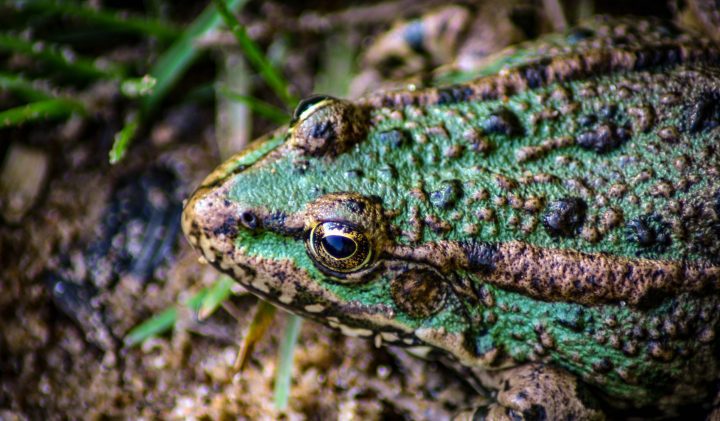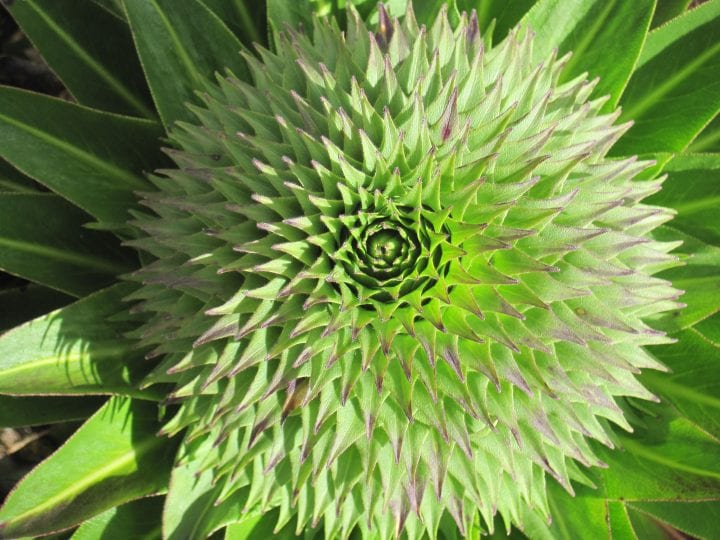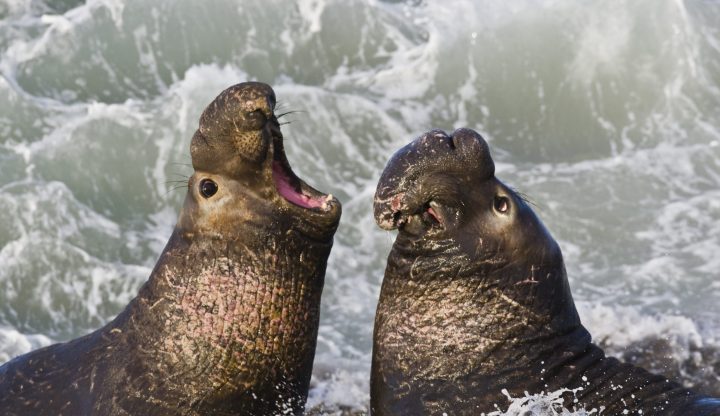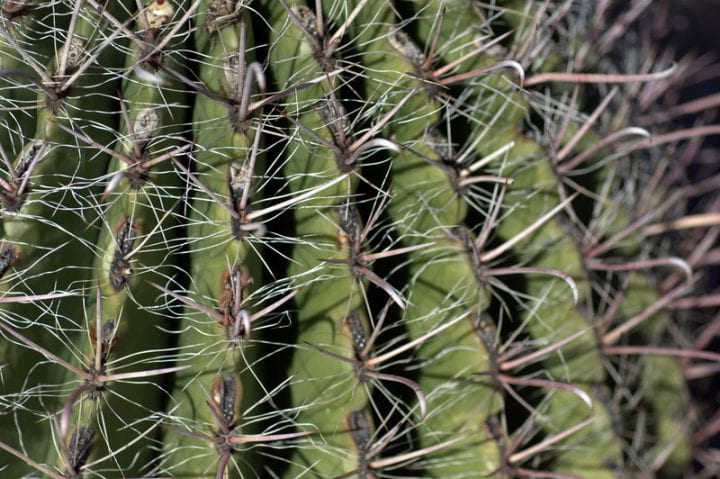Glandular openings for the red velvet mite provide waterproofing by a secretion that fills pores and congeals.
“Features of Balaustium sp. include resistance to intense heat and desiccation, affinity for hot surfaces in bright light, abundance in semi-arid/arid biotopes, and a large pair of secretory glands called urnulae with no known function (defense secretion excepted). Here we show that the urnulae secrete a waterproofing barrier that reduces the mite’s cuticular permeability to water. Exposure to white light was used to stimulate release of the secretion; the urnulae protruded and exuded streams of red fluid at the tip of this structure that covered the entire body. Results showed that mites coated with urnulae secretion lost water at approximately half the rate of mites that did not secrete. Similarly, urnulae secretion coated mites demonstrated an increase in water-tightness of the cuticle reflected by a 9 OC elevation in temperature threshold for water loss on an evaporation curve, increasing their optimal temperature tolerance for survival (lethal permeability temperature, LPT). Results also show a 10 kJ/mol drop in activation energy (Ea) for water loss, representative of a substantial cuticular modification, and a decrease in Arrhenius frequency steric factor A, indicating an overall decrease in body water losses. The absence of a critical transition temperature (CTT), however, reveals that urnulae secretion coating functions to resist a phase change as the temperature rises, permitting the mites to cope with high temperature without succumbing to water and heat stress, by inhibiting cuticular breakdown.” (Yoder et al. 2008:419)
Jay A. Yoder, Chad M. Rigsby & Justin L. Tank (2008): Function of the Urnulae in Protecting the
Red Velvet Mite, Balaustium Sp., Against Water Loss and in Enhancing its Activity at High Temperatures, International
Journal of Acarology, 34:4, 419-425







